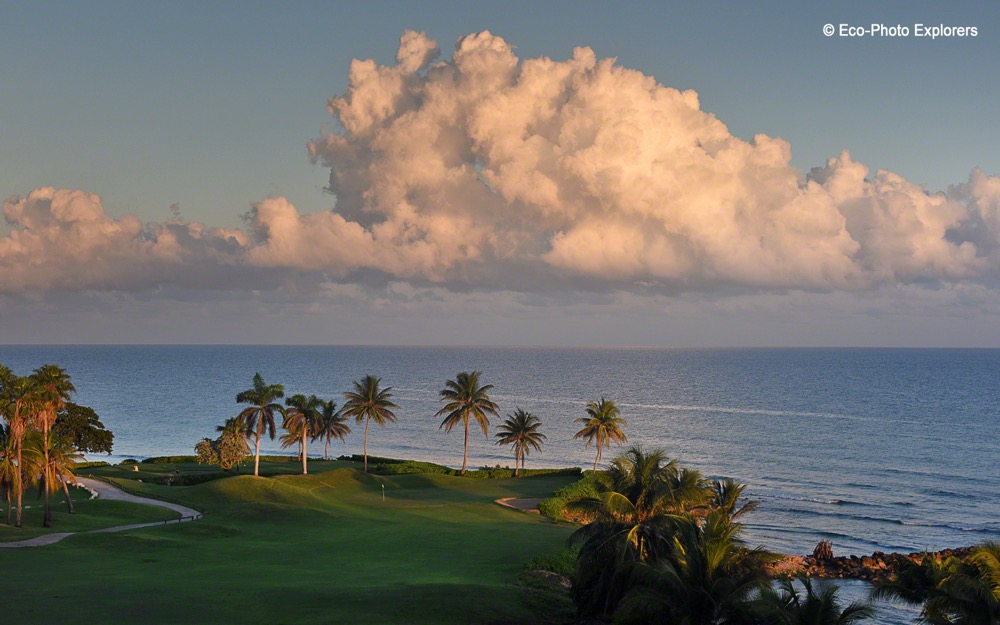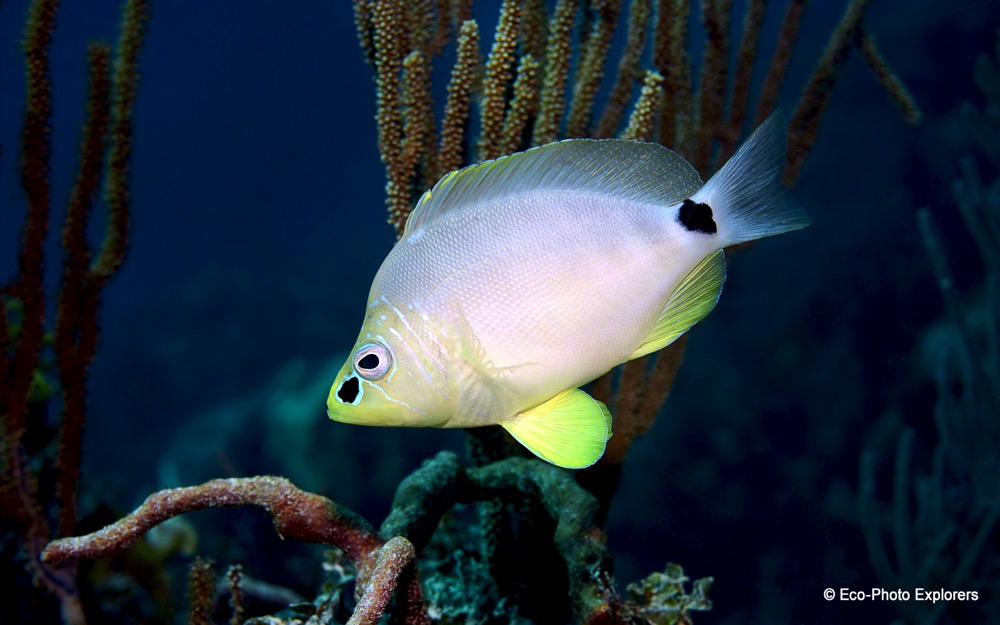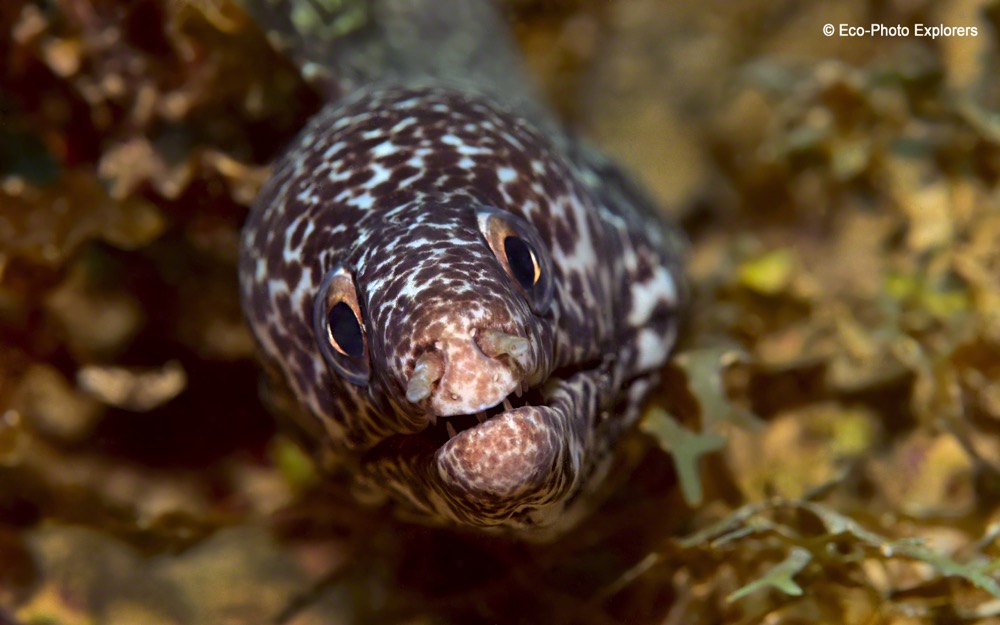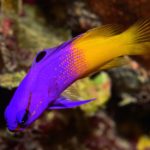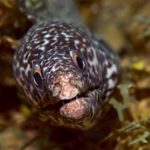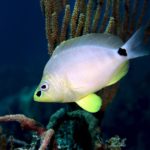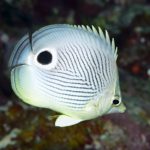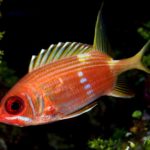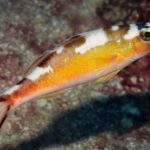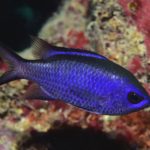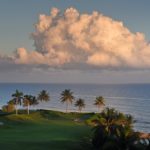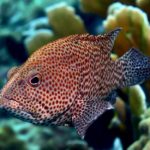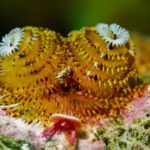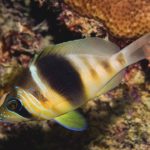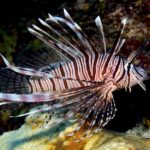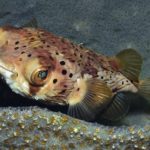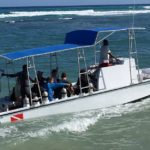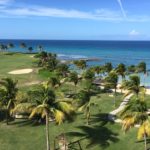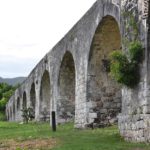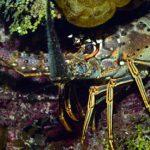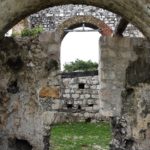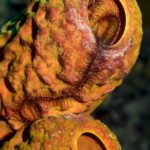In the Caribbean perhaps no island is as well-known as Jamaica. A popular tourist destination for decades, Jamaica is as famous for its high end resorts and hedonistic all-inclusive hotels as it is for reggae, Duns River Falls and the phrase “no problem, mon!” From Kingston in the east to Montego Bay to the west there is a colorful country to explore that is proud of its culture and eager to welcome visitors.
Words & Photos by Michael Salvarezza and Christopher P. Weaver
For SCUBA divers, Jamaica is not as well known. Typically, you won’t hear it included in diving conversations that mention Bonaire, the Cayman Islands or the Virgin Islands.
We were curious. Why is this? We decided to dip our toes into the waters off this island nation and see for ourselves whether the diving is worth it here…and if the surrounding coral reefs are thriving and healthy. We chose Montego Bay as our base of operations and began our diving with a visit to a site known locally as Sand Castle Reef.
This dive site is located a short distance offshore from the Hilton Hotel and consists of a fairly typical Caribbean Reef with a relatively flat topography. We descended to about 80 feet along a gentle slope which flattened out to a sandy bottom mixed with outcroppings of coral and sponge. Here we cruised the bottom searching for marine life and found Squirrelfish looking out warily from the crevices in the reef along with small schools of snapper and grunt. The reef was not visually dramatic but it was a nice introduction to the Jamaican waters and it enticed us to explore further.
At our next site, Fisherman’s Village Reef, the action began to pick up. We photographed pairs of Butterflyfish flitting across the corals along with some interesting groupers and a curious Trumpetfish that seemed unconcerned with our presence. We bottomed out around 75 feet on this site, which was a visually appealing system of hard corals, sea fans and sponges. We also noticed a decent number of anemones, many with attendant shrimps and Arrow crabs living amongst the tentacles. It was also on this reef that we spotted our first Lionfish of the trip. These beautiful looking predators are the scourge of the Caribbean as they are an invasive species and are voracious hunters on the reefs.
At Long Wall Reef, we explored a nice system of coral grottos in about 55 feet of water. On this site, we found Spiny Lobster in some of the coral cutouts and a large Porcupine Pufferfish that thought he was out of site inside the belly of a small barrel sponge.
The best dive site we visited was Rose Hall Reef. Here, the reef tumbles to a manageable 60 feet and is known for towering outcroppings of coral and rock, along with some interesting swim throughs and overhangs. The fish life is typical Caribbean fare: squirrelfish, angelfish, butterflyfish and damselfish. We also came across some small moray eels peeking out timidly from their sheltered holes in the reef.
The reefs offshore from Jamaica’s Montego Bay are nice and the diving is comfortable and easy. The sites are a short distance from shore but they are subject to the influence of a swell if the winds are coming from the north. The marine ecosystem seems healthy but there are no large schools of fish and we did not encounter anything larger than a small grouper. For the underwater photographer, there are plenty of interesting subjects in the corals and alongside the anemones. A 60mm or 105mm lens are ideal for this location: fish portraits are best with a 60mm setup and the smaller invertebrates are best captured with an 105mm lens. For wide angle enthusiasts it is more difficult to find interesting subjects.
So what’s the verdict?
We enjoyed our dives in Jamaica and would recommend that you give it a try if you are on the island. The water is warm and clear, the reefs are interesting and don’t involve a long boat ride. So, should you dive in Jamaica? No problem, mon!
Words & Photos by Michael Salvarezza and Christopher P. Weaver
- Fairy Basslets are often seen flitting about on the reef
- A Spotted Moray staring down the photographer
- The Butter Hamlet is a shy reef dweller
- The Foureye Butterflyfish are often seen in pairs
- The Longspine Squirrelfish
- There are numerous species of Wrasse on the reefs
- The strikingly colored Blue Chromis are abundant in the Caribbean
- An idyllic view of Montego Bay
- A Lizardfish lies in wait for prey
- The Graysby is a type of Grouper
- The Christmas Tree Worm makes its home on hard coral heads
- The Barred Hamlet are usually found near the bottom
- Beautiful but unwelcome the Lionfish is an invasive species in the Caribbean
- Balloonfish make for great photo subjects
- Heading out for a dive adventure
- The placid shores of Montego Bay
- The remains of an old aquaduct
- Spiny Lobster hide in reef crevices
- Exploring the remains of an old aquaduct
- The reefs in Jamaica are home to a variety of sponges
- A Brittle Star in the shelter of a sponge

